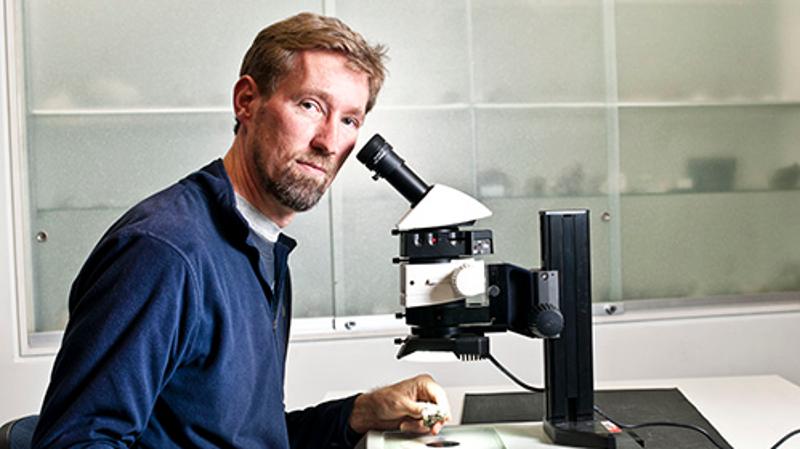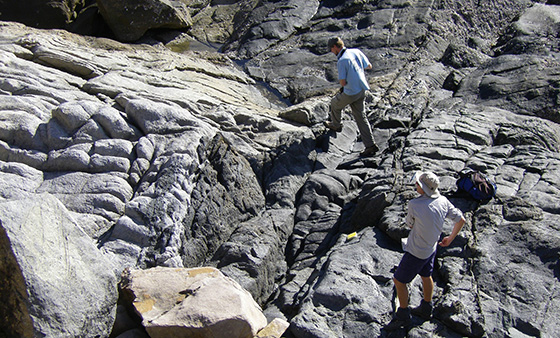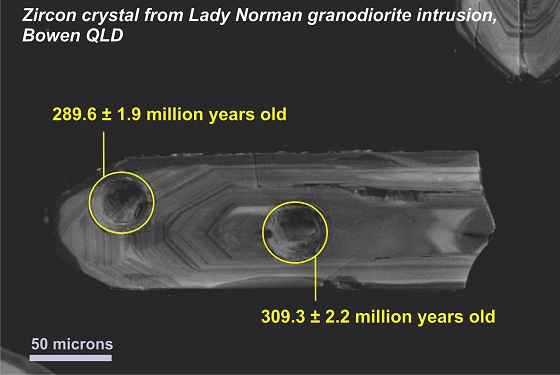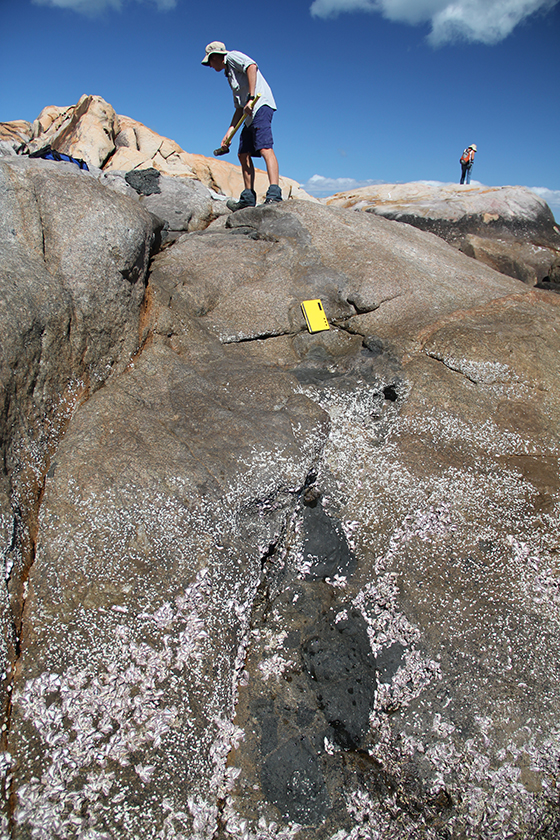
Zircon crystals in igneous rocks must be carefully examined and not relied upon solely to predict future volcanic eruptions and other tectonic events, QUT researchers have shown.
- Zircon is a robust mineral and a timekeeper of Earth history
- Distinguishing the origins of zircon crystals, their individual chemistry and properties is not straightforward
- Misinterpreting data from zircon crystals could skew timescales for geological events such as volcanic eruptions by millions of years
- This has implications for understanding volcanic hazards and the future risks they pose
The researchers’ findings have been published in Earth-Science Reviews. The paper, Use and abuse of zircon-based thermometers: A critical review and a recommended approach to identify antecrystic zircons, also proposes an efficient and integrated approach to assist in identifying zircons and evaluating zircon components sourced from older rocks.

north Queensland.
Associate Professor Scott Bryan, from QUT's Science and Engineering Faculty, said the researchers had “gone back to basic science” and reassessed large data sets of analyses of igneous rocks in Queensland and from around the world, to show that wrong assumptions can be made about zircon crystals.
Igneous rocks are formed by the cooling of magma (molten rock) which makes its way to Earth’s surface, often leading to volcanic eruptions.

growth periods approx. 20 million years apart
in different magmas.
“One of the assumptions being made is that the composition of the zircons and the rocks in which they have formed give an accurate record of the magmas and conditions at which the zircons and magmas formed,” Associate Professor Bryan said.
“From this, we then estimate the age of the event that caused them to form.
“But some zircon crystals may not be related to their host rocks at all. They may have come from the source of the magma deep in the Earth’s crust or they may have been picked up by the magma on its way to the surface.
“If you don’t distinguish between the types of crystals then you get a big variation in the age of the event which formed the rocks, potentially millions of years, as well as developing incorrect views on the conditions needed to make magmas.

and sampling igenous rocks in
north Queensland.
“It is critical to get the timescales of magmatism correct, so we can understand how long it might take for reservoirs of magma to build up and erupt.”
This is particularly relevant to ‘supervolcanoes’ which do not always have pools of magma sitting beneath them, Associate Professor Bryan said.
There are more than 20 supervolcanoes on Earth, including Yellowstone in the US and Taupo in New Zealand.
“Determining accurately what zircon is telling us is fundamental to understanding Earth’s history, defining major events such as mass extinctions, and how we understand global plate tectonics,” he said.
“We need to understand the past, and read the geological clocks correctly, to accurately predict the future and to mitigate future hazards.”
Media contact:
Karen Milliner, QUT Media, 07 3138 1841 or k.milliner@qut.edu.au
After hours, Rose Trapnell, 0407 585 901 or media@qut.edu.au


